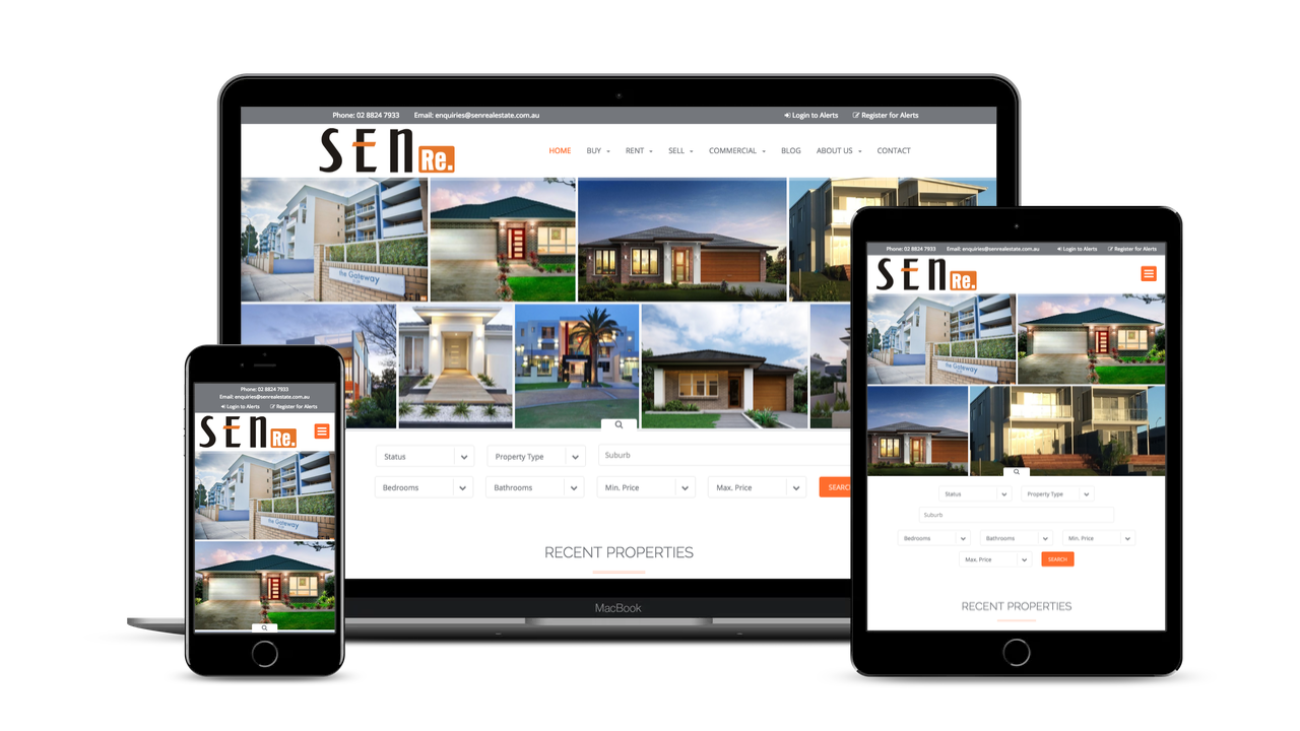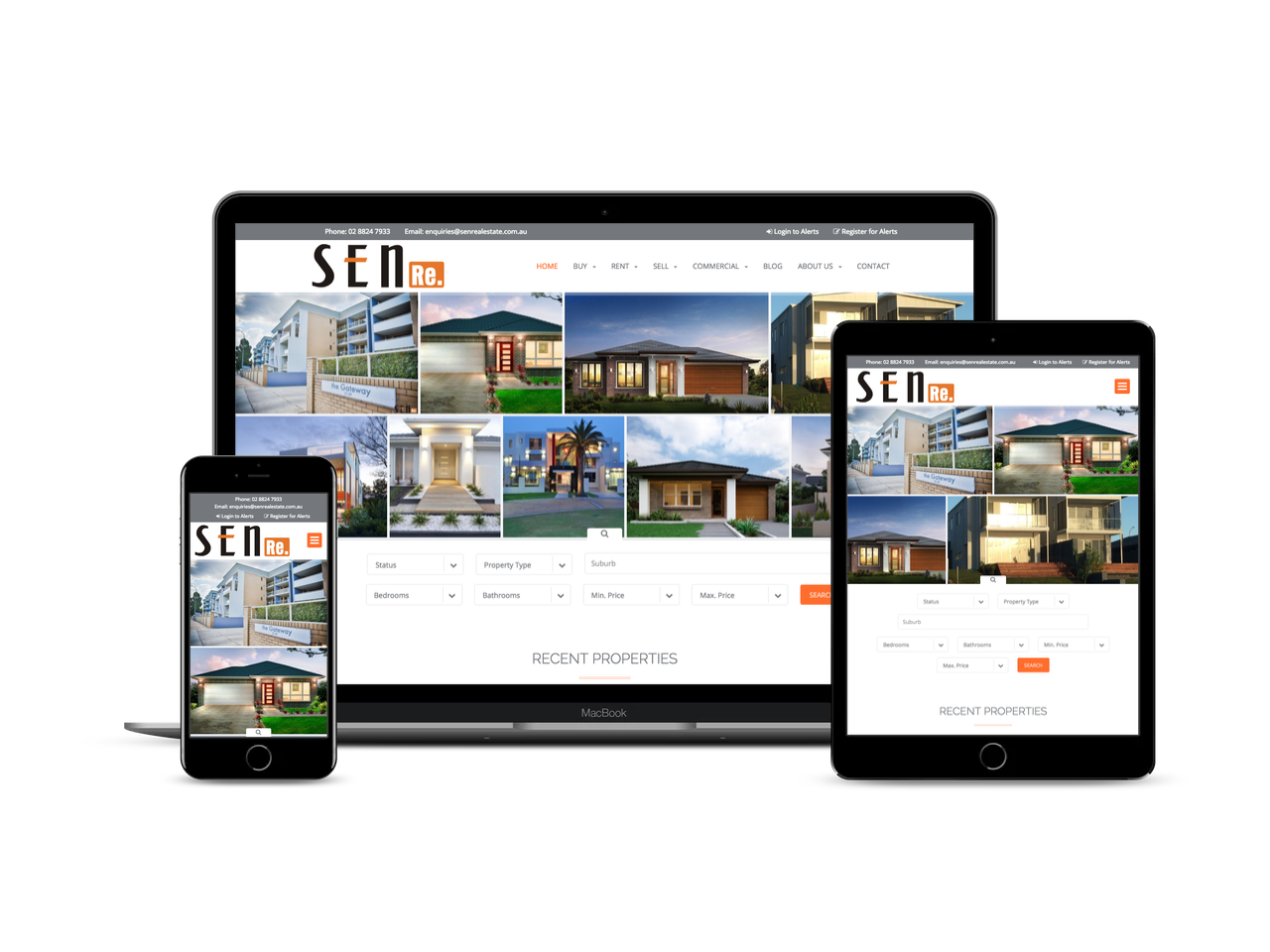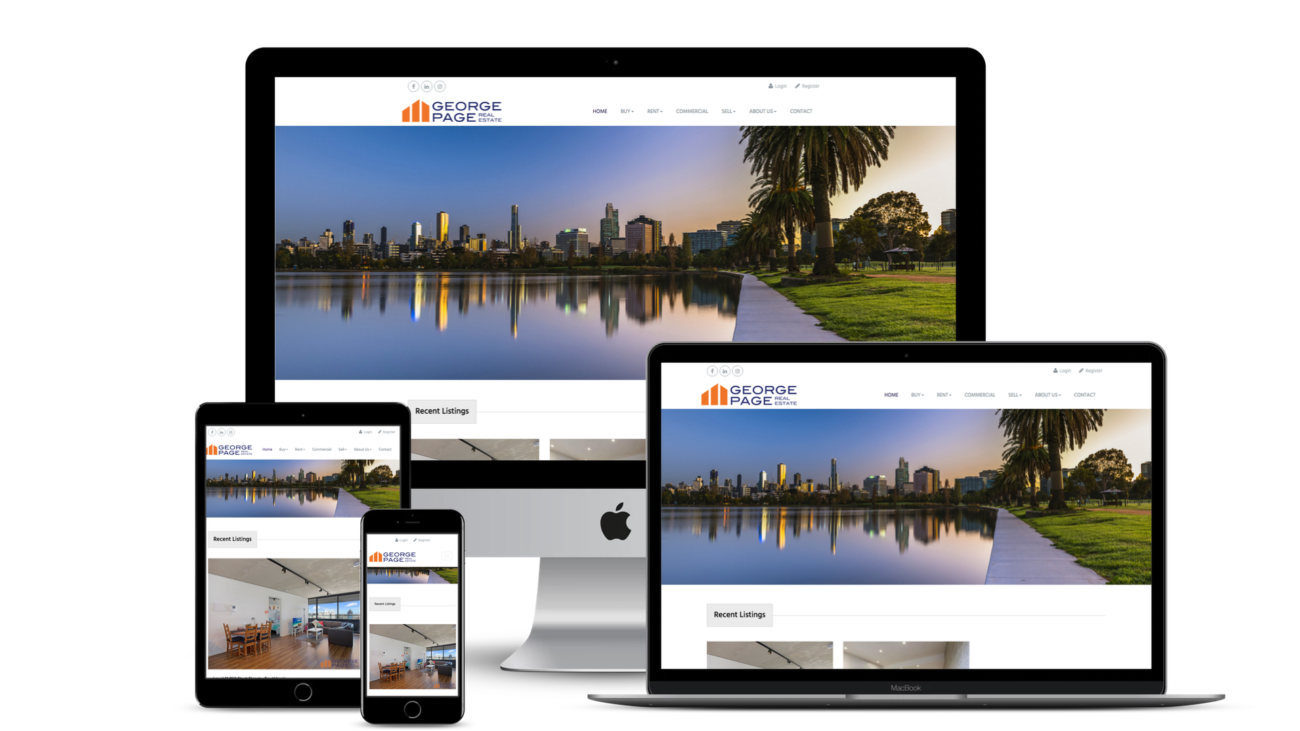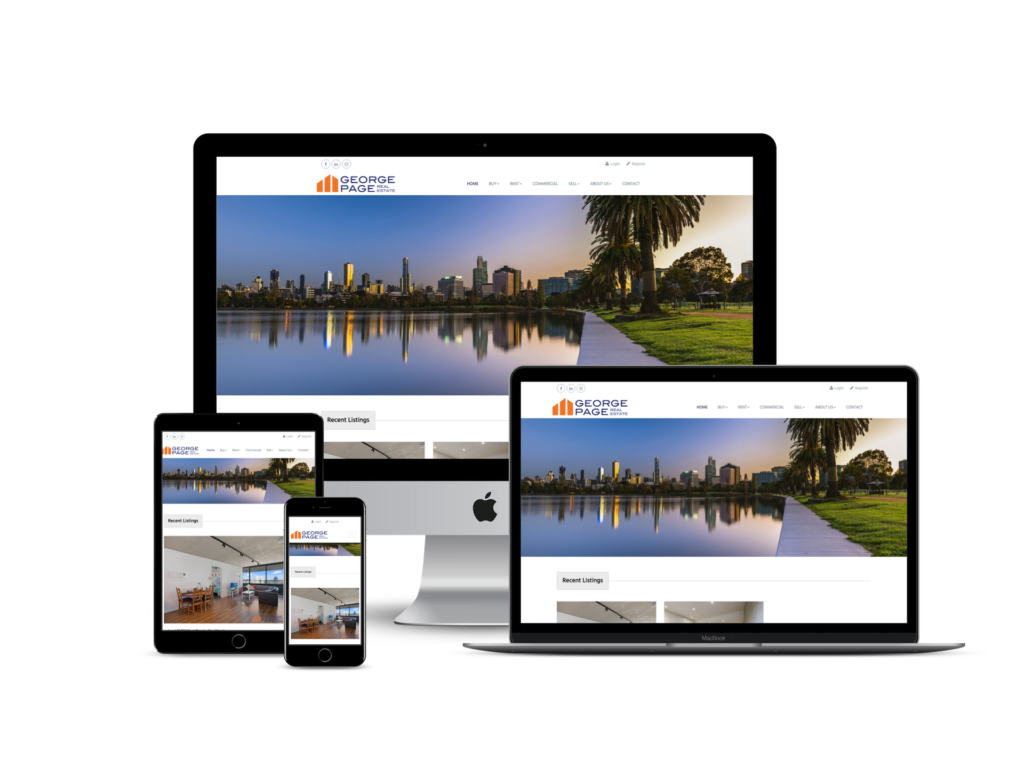 Open houses are widely considered a top marketing tool in real estate sales. Just because the doors are open, doesn’t mean that there will be hordes of potential buyers on the day. Regardless of market conditions, potential buyers will turn up on their allotted days.
Open houses are widely considered a top marketing tool in real estate sales. Just because the doors are open, doesn’t mean that there will be hordes of potential buyers on the day. Regardless of market conditions, potential buyers will turn up on their allotted days.
Changes in technology mean that advertising for open homes is much more advanced than in the years gone by. With the advent of new technology, sales agents can target specific buyers who they believe will be the most interested in the property.
These days, agents use the power of digital media to engage a highly targeted audience through Facebook. They tend to do this based on age, location, interests, relationship status and other pages that they engage with.
The days where property was advertised by print alone, are far gone.
There are multiple online tools which can be used to amplify the exposure of a listing. For example, such tools can target users who are looking for property in their local area. They will then be showed a sponsored listing in their newsfeed regarding the property matching that criteria.
Despite the internet being a potentially global source of clients in property, the listing will still need to be well written. It will also need to have a specific buyer in mind. The best property marketers will understand the power of using words and photos which drive the sentiment to a target market.
Consider how the photos and text in your listing might capture the imagination of your target audience. Make sure you write advertising copy that appeals to a target audience, otherwise you may end up appealing to nobody.
Other strategies may include hosting exclusive “invite only” events at open homes for exceptional properties. A sense of exclusivity and scarcity can push buyers towards making emotional buys – pushing up property prices.
Instances of exclusive cocktail parties at high-end properties have proven to be successful when it comes to targeting buyers with a bit of extra cash. These methods have proved effective and involved buying and selling agents, as well as potential buyers.
Here is when being tactical comes into things – looking towards buyers in the area who may be lacking in certain features of their own properties, for example an expansive terrace or fantastic view.
One of the best way to showcase a property is to show potential buyers what they could have if they owned it. It’s more about creating a feeling rather than just showing off a property – hence the cocktails and party atmosphere.
If you have a luxurious property then don’t forget to make sure your event reflects that. Especially if you’ve invited buyers’ agents, as they will have local and international clients on the line.
It is generally believed that utilising an open house situation requires some traditional and some new marketing methods. It does come down to old-fashioned salesmanship. You need to engage people to come along, rather than relying on them seeing it in the media. You need to call them to action in making it their own decision.
As the world is so focussed on data catchment, you need to concentrate on that type of person. Make it relevant to your target audience, rather than casting the net out wide and hoping for the best outcome.
Now you know how to get more visitors to your Open Homes, make sure you make the most of them by read our article 10 Quick Wins For Making The Most Of An Open House.



 Sen Real Estate had recently moved over to
Sen Real Estate had recently moved over to 

 Keeping on top of your video metrics is a key aspect of measuring, developing and improving your social media advertising strategy, as well as social video plan.
Keeping on top of your video metrics is a key aspect of measuring, developing and improving your social media advertising strategy, as well as social video plan.
 These days it’s highly unusual for a business to not be active on social media. Interacting with customers is a lot more complicated than simply having a presence on social media however.
These days it’s highly unusual for a business to not be active on social media. Interacting with customers is a lot more complicated than simply having a presence on social media however.


 For anyone who’s never heard the phrase ‘going viral’, it doesn’t mean you’ll get the flu for a week. Going viral is when you hit internet fame out of nowhere. It’s when the video of your cat falling in the bath gets two gazillion views overnight, and suddenly Tiddles is demanding a six-figure salary.
For anyone who’s never heard the phrase ‘going viral’, it doesn’t mean you’ll get the flu for a week. Going viral is when you hit internet fame out of nowhere. It’s when the video of your cat falling in the bath gets two gazillion views overnight, and suddenly Tiddles is demanding a six-figure salary.
 With most companies going online and having an increasing presence on social media, it’s important to set policies surrounding usage of social media. I don’t mean telling your employees off for using their phones to go on Facebook. I’m talking about keeping your brand reputation safe online.
With most companies going online and having an increasing presence on social media, it’s important to set policies surrounding usage of social media. I don’t mean telling your employees off for using their phones to go on Facebook. I’m talking about keeping your brand reputation safe online.
 iDashboard welcomes
iDashboard welcomes 
 The real estate world is an incredible machine with a large number of moving parts. This can make it an unpredictable world, so agents never know who or what might come across their desk next. Being prepared in real estate is to be successful.
The real estate world is an incredible machine with a large number of moving parts. This can make it an unpredictable world, so agents never know who or what might come across their desk next. Being prepared in real estate is to be successful.
 New agents working in the real estate industry often know that they should be prospecting, but don’t necessarily know how to go about it.
New agents working in the real estate industry often know that they should be prospecting, but don’t necessarily know how to go about it.
 Social media is so much more than just a way to keep in touch with old school friends and family members – it’s a tool for attracting, growing and cultivating an audience who are interested in what your brand has to say – all in an informal, ‘non-salesy’ way.
Social media is so much more than just a way to keep in touch with old school friends and family members – it’s a tool for attracting, growing and cultivating an audience who are interested in what your brand has to say – all in an informal, ‘non-salesy’ way.